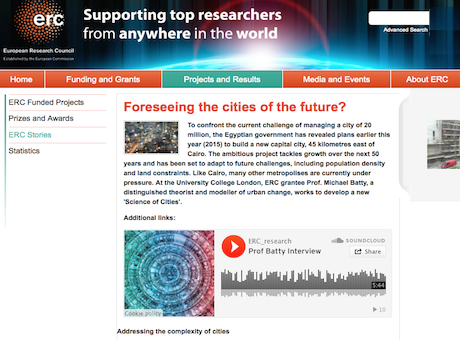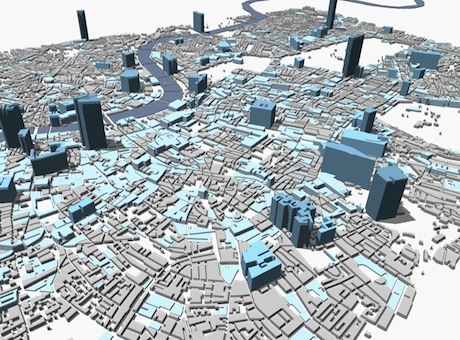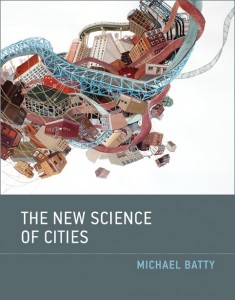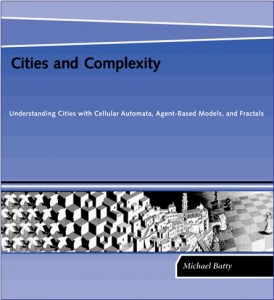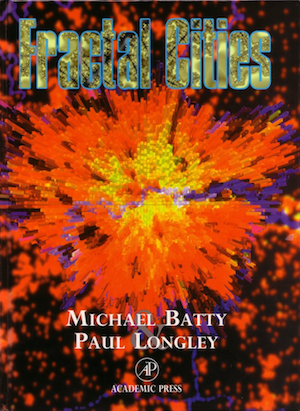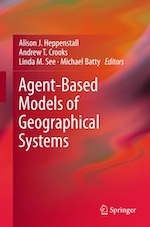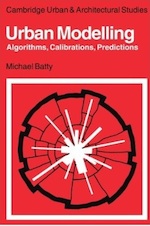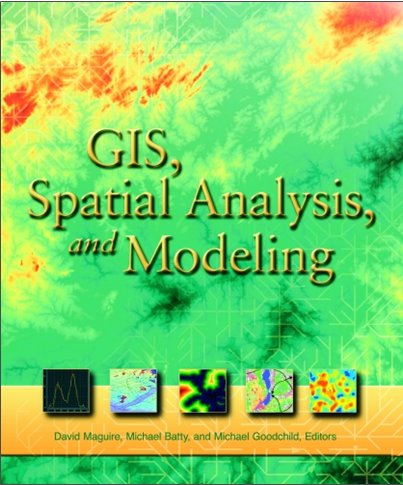My European Research Council (ERC) grant comes to an end in 3 months time. You can hear me talk about the project courtesy of an ERC podcast by clicking here but in this post I will tell you what the project is about. It is about developing what myself and others call a science of cities, a new science in some respects but not the only science by any means. Its acronym is Mechanicity which unpacks as Morphology, Energy & Climate cHANge In the CITY. We have done a lot on urban morphology and somethings on energy as flows in the city. Climate change of course is the backcloth to everything that is happening in cities as we try to move to a more sustainable future but the core of our work has really been on city size and structure, working with new notions about scaling and diffusion, ways ot thinking of the properties of cities as they scale in terms of networks and transportation systems, and at the same time, building operational models of such systems: good old fashioned transportation models that are consistent with form and function and dynamics to some extent but mainly statics. To pull our work together, we are developing a new web site from our old one and in a few months it will be online and as one stop shop for getting access to our material. Elsa Arcaute and myself are pulling these ideas together and we are also extending them into a project on the distribution and performance of cities of different sizes in Britain and elsewhere. Watch this space. The podcast and the ERC publicity that you can get from the web page if you click on the image above gives you some sense of this project.
Mechanicity: Future Cities
Data and the City
The Programmable City Project is holding a meeting on Data and the City in Maynooth from August 31- September 1st. You can get Rob Kitchin’s and Mike Batty’s papers from this blog but the programme is diverse and the Project web site contains details of the various contributions. I argue in my paper that we need to redefine big data in terms of the tools we use to interpret it and that size is not the main criterion as quite modest data sets in cities, particularly those dealing with transport and flows, are too large for most of current tools which involve statistical manipulation and visualisation. Here are two of the papers to be presented:
Michael Batty: Data About Cities: Redefining Big, Recasting Small
Rob Kitchin: Data-Driven, Networked Urbanism
The image above was produced by Stephan Hugel and Flora Roumpani from their animation of tweets in London Using City Engine. Click here for the movie.
Optimal Cities, Ideal Cities
Ideal Cities, such as Frank Lloyd Wright’s Mile High Tower The Illinois (pictured here), and Le Corbusier’s City of Tomorrow have fallen out of fashion in recent years. But the rise of the smart city and the notion of the instrumented district together with our current concern for Future Cities is beginning to resurrect such theories. The current editorial (click here here) in Environment and Planning B deals with these ideas and inquires into the optimal size for such ideal cities. In fact the ideal city and its close economic comparator the optimal city are long-standing issues that I discuss in this short note with respect to questions of how we measure such optimality. There are two main approaches. The oldest is the visual approach – ideal cities tend to be geometric purities – as developed at their pinnacle during the Italian Renaissance while the second is concerned with optimal city size – optimal populations – that range from Plato’s 5040 to Ebenezer Howard’s ideal garden city of 30000 to Le Corbusier’s City of Tomorrow at 3 million. I deal with some of these issues in this editorial but the question of how all this relates to the smart city is something that I do not discuss. I will blog about it soon. I also need to note that the journal in which this editorial is published is now owned by Sage and the journal’s new web site with its contents including the editorial are here.

